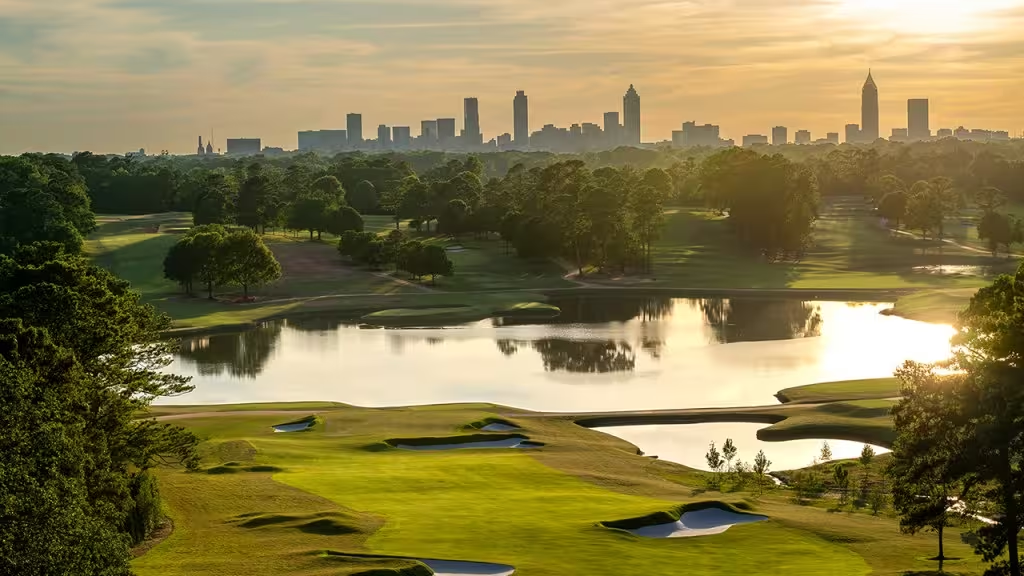ATLANTA – Defending FedEx Cup champion Viktor Hovland arrived at East Lake Golf Club on Tuesday, the same course he torched in 9-under 61 to win the Tour Championship a year ago, and expressed shock at the restoration project that was completed in less than one year.
“It looked completely different than it used to,” Hovland said. “It’s almost like you can’t imagine it.”
Xander Schauffele has never shot over par in 28 Tour Championship rounds, including the low 72-hole score at East Lake three times, but he has never won the FedEx Cup. East Lake has become a personal ATM, which is why when he was asked if there was a part of him that wanted to throw himself in front of a bulldozer and stop the construction, he smiled and said, “100 percent. My caddie as well. He probably would have gone first.”
He added: “To me, it’s got the same name; it’s East Lake Golf Club. It’s in the same property, similar square footage. But that’s about it. I think the only thing that’s the same are the directions of the hole.”
Hours after Hovland’s final putt dropped last August to secure the title, Andrew Green, who led renovations at Oak Hill, Inverness and Congressional, spearheaded the course restoration at East Lake, the oldest golf course in the city of Atlanta and where legendary golfers Bobby Jones and Alex Stirling learned the game.
Tom Bendelow laid out the original course at East Lake, back when it was known as Atlanta Athletic Club. Donald Ross built a new course on the same spot in 1915, which remained untouched until changes were made by George Cobb before the club hosted the 1963 Ryder Cup. Thirty years later, Rees Jones completed a renovation in advance of the course becoming the permanent home of the Tour Championship, the culminating event of the playoffs for the FedEx Cup, since 2005.
Green discovered a previously unknown aerial photograph of East Lake in digital archives from 1949 as his restoration inspiration. This photograph showed the original Donald Ross design in surprising detail and provided guidance on green shapes, bunker shapes and overall topography of the original design.
“We paired that with a set of photos we had right before George Cobb did his work, before the Ryder Cup, and now we’ve painted a complete picture of how things sat on the ground,” Green said. “At the heart of everything we’re doing, it’s finding ways to respect that past and legacy.”
Green – who also worked on Wannamoisett, a…
..
Click Here to Read the Full Original Article at Golfweek…
